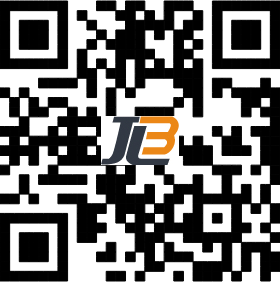How to sort out suitable tapes for your business
November 04, 2024
How to sort out suitable tapes for your business Tapes are common industrial supplies. Tape manufacturers provide various filament tapes for different sealing and bundling needs. Business owners might get lost in various tape brands and product names, however, choosing the right tape is not that difficult. Here we give a brief introduction to what to consider when selecting industrial tapes for manufacturing purposes. Adhesives Knowing the adhesives helps you sort out the most suitable filament tape solution. Tape adhesives are mostly acrylic or rubber-based, each with the properties of lightweight, non-toxic, water-resistant, and sticky, respectively. In general, acrylic-based tapes perform better on glass, foams, and acrylics themselves while rubber might better suit particular types of plastics and porous, flexible materials. Both acrylic tapes and rubber-based tapes work well on wood surfaces and carton sealing. More details about the tapes can be seen on our website to help you make the most cost-effective choice when buying tapes for your business. Elongation Elongation refers to tape’s ability to stretch or lengthen under tension before breaking, in other words, elongation means the maximum tension it can bear. Tapes with different levels of elongation serve varied applications. Low Elongation Tapes (3% - 7%) Low elongation tapes are mainly used for e-commerce packaging, HVAC systems and masking. High Elongation Tapes (15% and above) High elongation tapes are mainly used for heavy-duty packaging, surface protection, and electrical insulation. Most industrial tapes have the elongation ranging from 3% to 15%, which can meet the general purposes of sealing, strapping and bundling during the project. For areas might need higher elongation, especially construction site safety, Kingnode offer tapes with reinforced elongation up to 28%. Initial tack Initial tack tells the level of immediate bonding strength when applied to the surface; however, it does not necessarily refer to tapes’ effectiveness during application. High initial tack means the tape adheres instantly with minimal effort, while low initial tack may require more pressure or time to develop a bond. Rubber-based adhesives and hot melt typically have high initial tack, while acrylic-based adhesives take time to develop their full strength. Kingnode offers a wide range of rubber-based filament tapes for industries that might require initial tack, including lithium batteries, cable strapping, furniture manufacturing, and aerospace. We also provide hot-melt flat-back paper tapes to secure storage from pilfering. Environment Some tapes can withstand a wider range of temperatures while certain conditions like exposure to sunlight and moisture require specific properties from the tapes. In general, acrylic tapes are more suitable for long-term, outdoor uses, while rubber-based tapes favor short-term, indoor applications. In real practice,...
 中文
中文 English
English Deutsch
Deutsch español
español العربية
العربية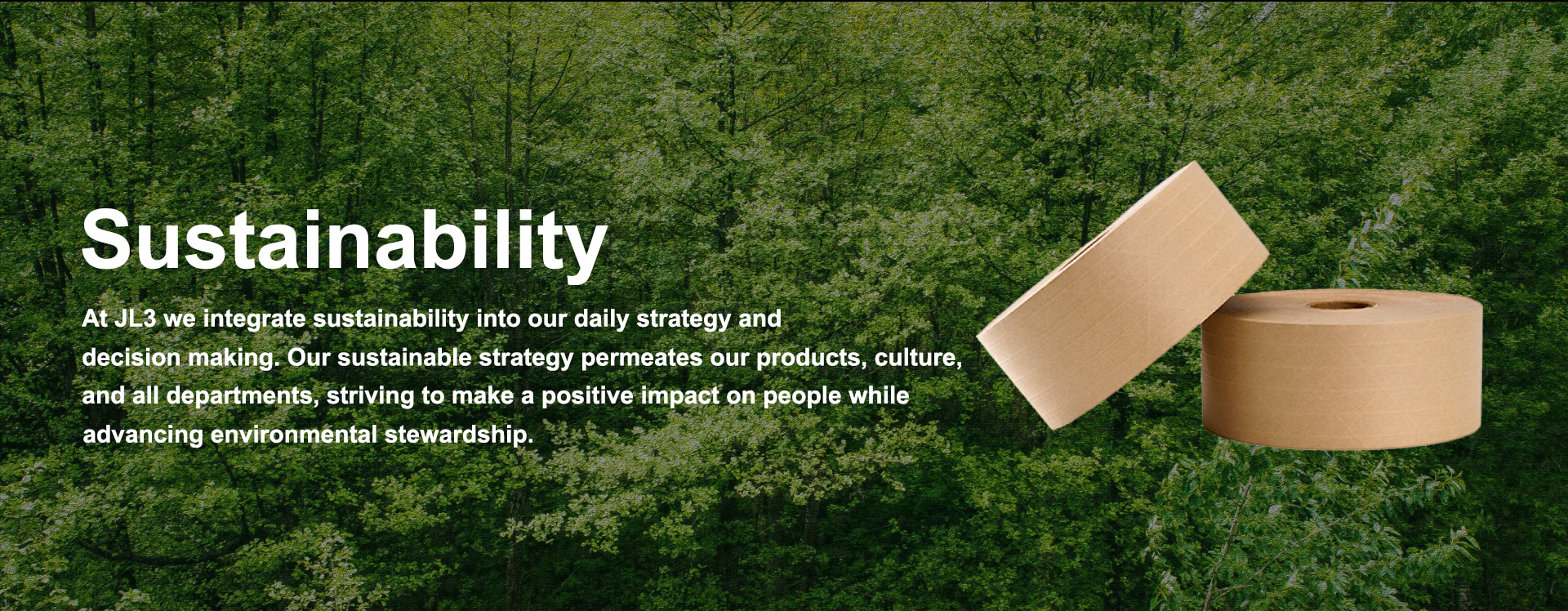
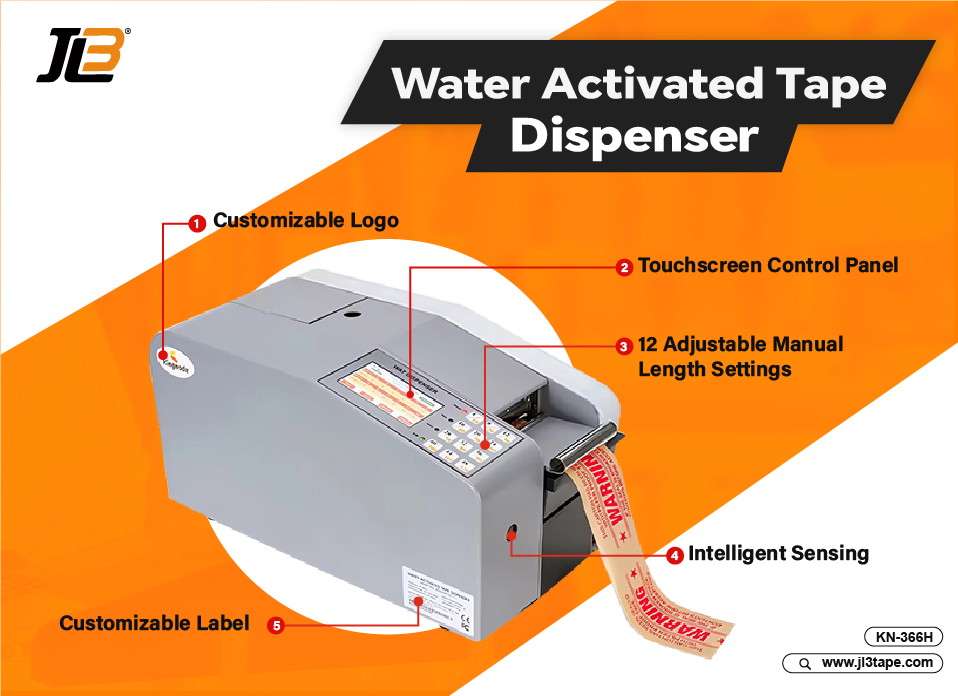
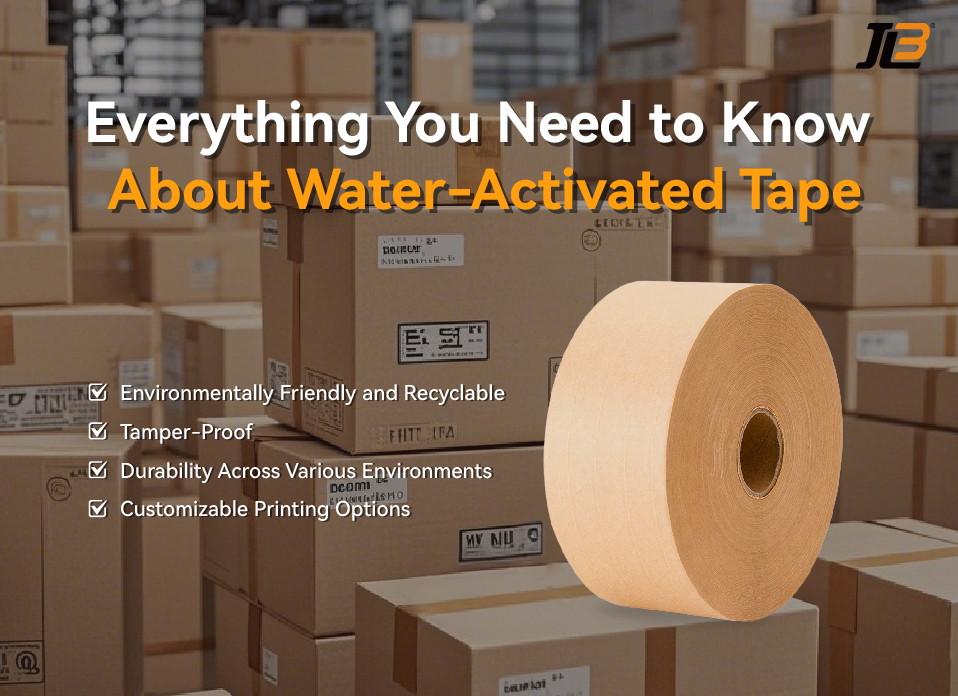
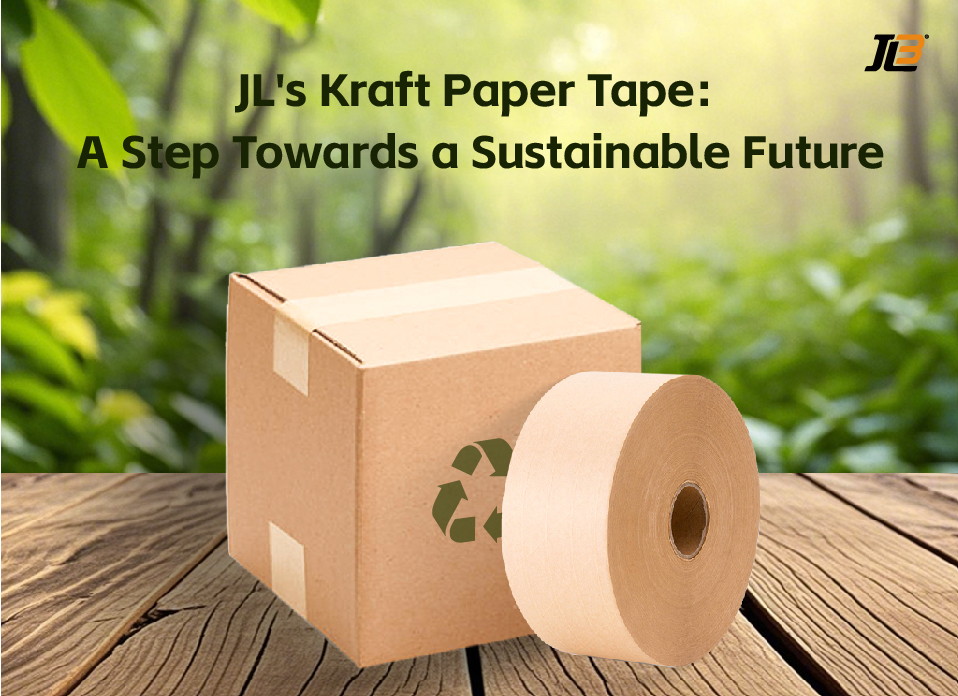

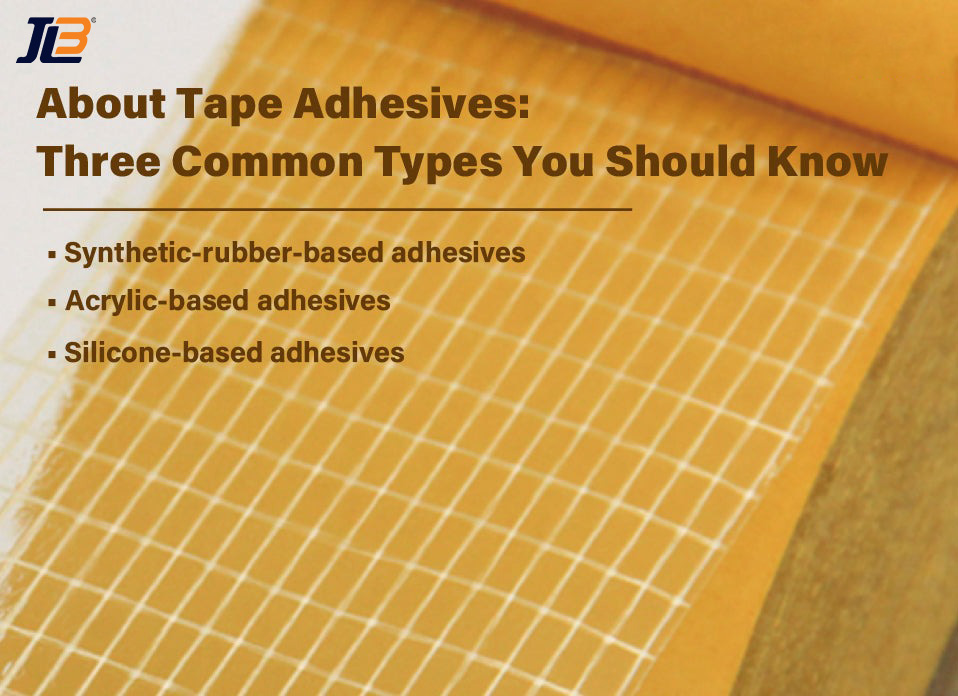

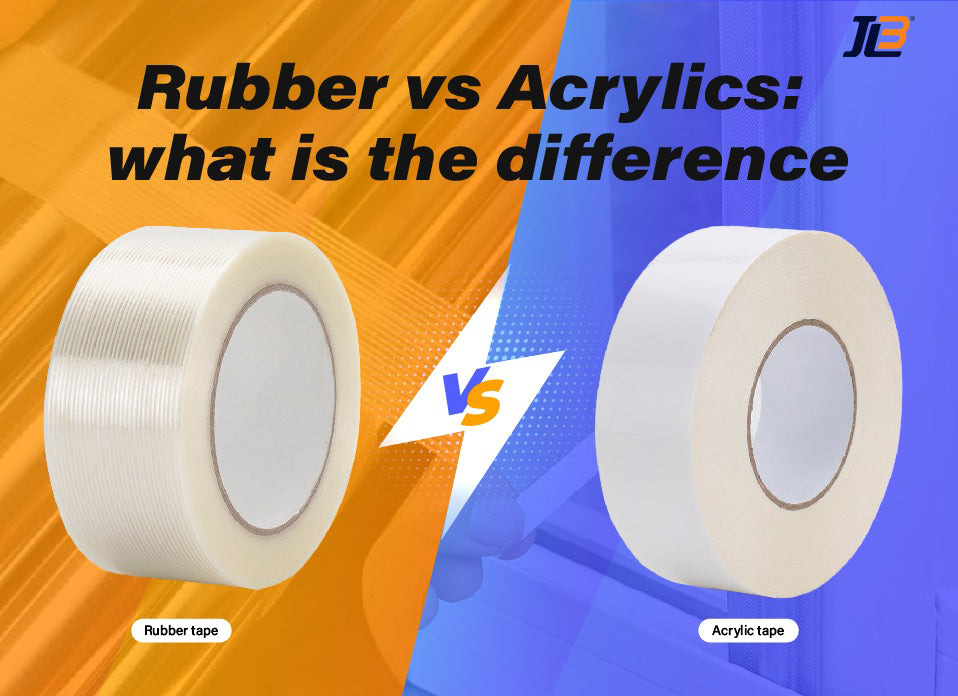
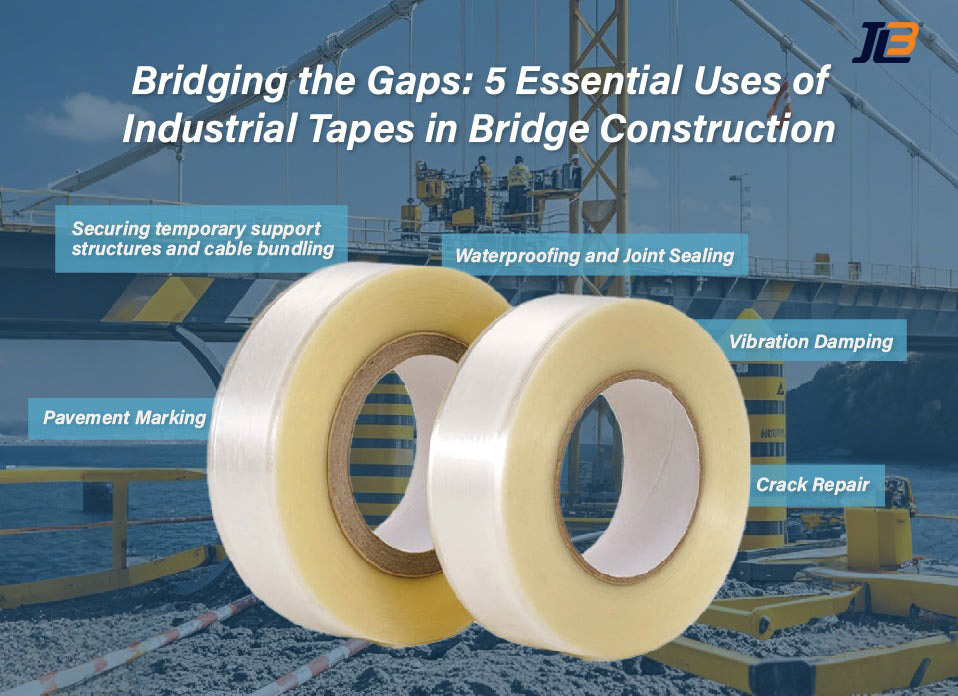
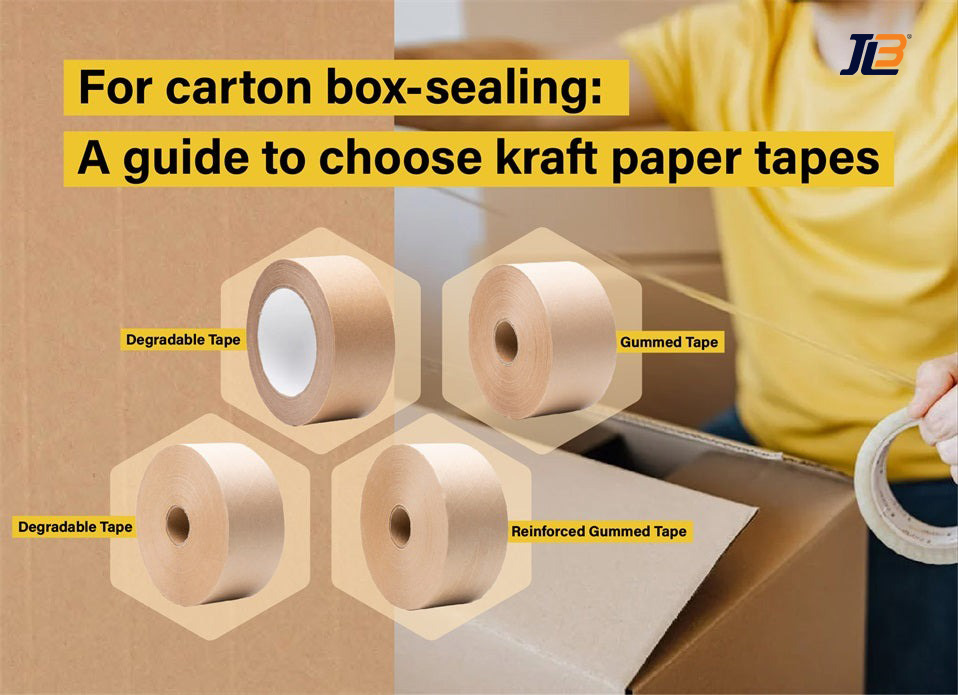




 支持 IPv6 网络
支持 IPv6 网络